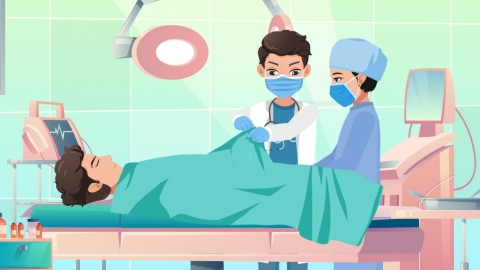Is tarsal coalition surgery a major operation?
Generally speaking, whether tarsal coalition surgery is considered a major procedure depends on the severity of the condition, the surgical approach, and the surgeon's expertise. The specific analysis is as follows:

If the tarsal coalition involves a wide area, presents significant deformity, or severely affects foot function, a complex open surgical procedure may be required. This type of surgery involves extensive work on multiple joints and ligaments, takes longer to perform, and demands high precision. In such cases, tarsal coalition surgery is typically classified as a major operation, with a relatively longer postoperative recovery period.
If the tarsal coalition is mild and correction can be achieved through minimally invasive techniques, the surgery involves small incisions, simpler procedures, minimal disruption to foot structures, shorter operating time, and less trauma. When performed by an experienced surgeon, this type of tarsal coalition surgery is generally not considered a major operation, and recovery is usually faster.
Prior to surgery, it is important to have thorough communication with the doctor to understand the specific surgical plan and associated risks. After surgery, strictly follow medical instructions for care: keep the surgical site clean, avoid bearing weight or walking too early, attend regular follow-up appointments to monitor healing progress, and seek prompt medical attention if any abnormalities occur, such as increasing redness, swelling, or pain at the surgical site.









